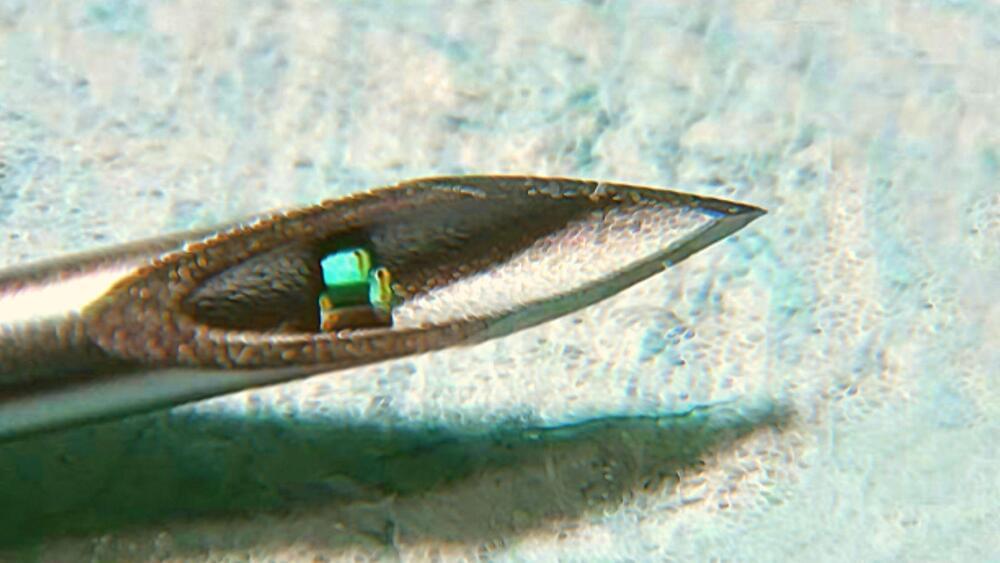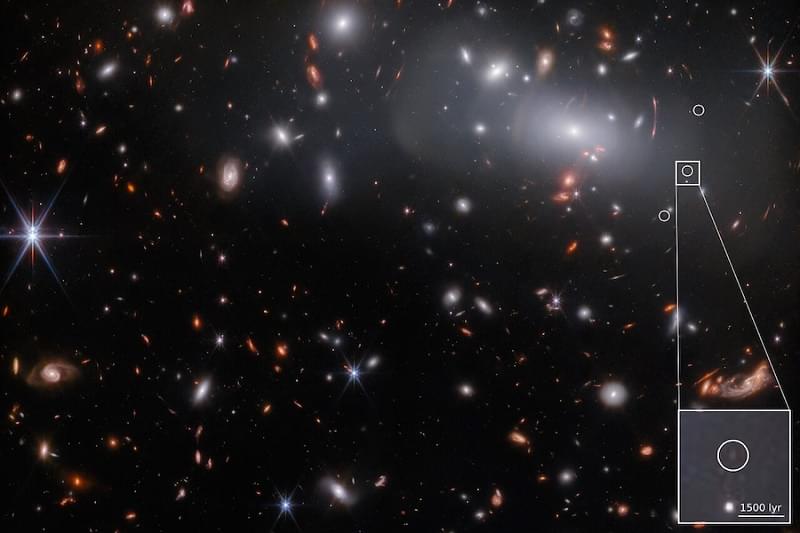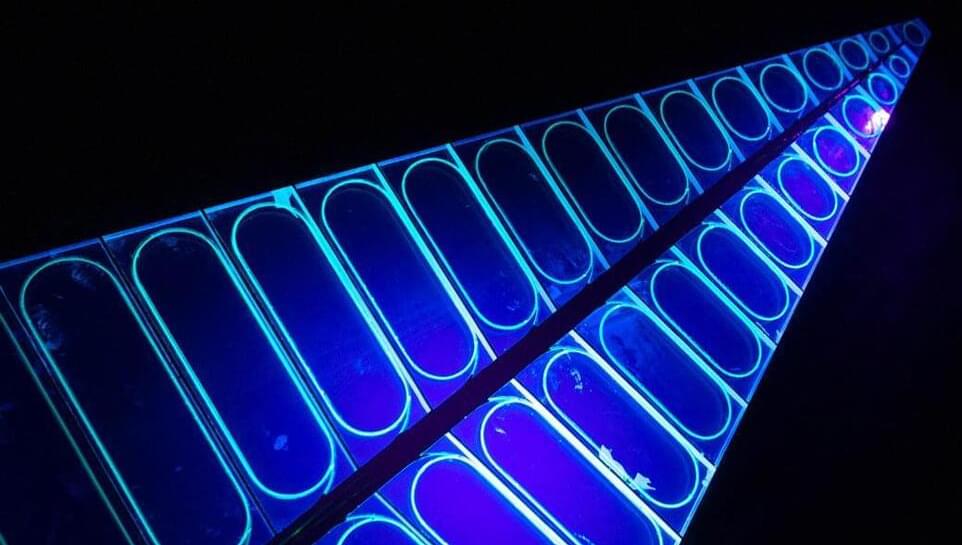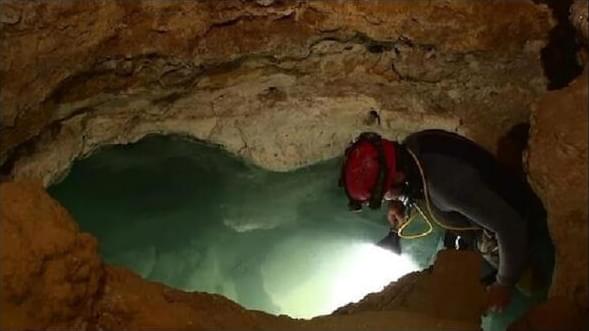This new “nano-excitonic transistor” could revolutionize data processing, especially in the age of AI.


See why history may hang in the balance on this critical launch attempt.
Inspire your kids to love science!
SAVE 20% OFF New Science Kits Using Code: NEWKITSSAVE20 At Steve Spangler Science dot com! Great Educational Products For Kids! SHOP NOW! https://www.pntra.com/t/SENKTExNSUhDR05OSUxJQ0dPRkxGRw.
Save 1% on GoldBacks from Green Greg’s affiliate link (Use coupon code GreenGregs):
For gardening in your Lunar or Mars habitat GalacticGregs has teamed up with True Leaf Market to bring you a great selection of seed for your planting. Check it out: http://www.pntrac.com/t/TUJGRklGSkJGTU1IS0hCRkpIRk1K
Awesome deals for long term food supplies for those long missions to deep space (or prepping in case your spaceship crashes: See the Special Deals at My Patriot Supply: www.PrepWithGreg.com.
For that off-grid asteroid homestead stock up with Lemans before you blast off:
PBS Member Stations rely on viewers like you. To support your local station, go to: http://to.pbs.org/DonateSPACE
Sign Up on Patreon to get access to the Space Time Discord!
https://www.patreon.com/pbsspacetime.
We humans have always been explorers. The great civilizations that have arisen across the world are owed to our restless ancestors. These days, there’s not much of Earth left to explore. But if we look up, there’s a whole universe out there waiting for us. Future generations may one day explore the cosmos and even settle entire other galaxies. But there is a hard limit to how much of the universe we can expand into. So, how big can humanity get?
Episodes Referenced:
Is Interstellar Travel Possible?: https://youtu.be/wdP_UDSsuro.
What If Humanity Is Among The First Spacefaring Civilizations?: https://youtu.be/uTrFAY3LUNw.
The Edges of Our Universe by Toby Ord: https://arxiv.org/pdf/2104.01191.pdf.
A causal limit to communication within an expanding cosmological civilization by S. Jay Olson: https://arxiv.org/pdf/2208.07871.pdf.



A tiny computer chip was implanted into seven mice at once
The implant created by the engineers at Columbia is record-breakingly small, but it’s also breaking new ground in simply existing as a wholly functional, electronic circuit whose total volume is less than 0.1 cubic millimeter. In other words, it’s the size of a dust mite, not to mention far more compact than the world’s smallest computer, which is a cube-shaped device precisely 0.01-inches (0.3 mm) on each side. The smaller, new chip is only visible with a microscope, and pushed the envelope in power-sourcing and communications ingenuity design.
Typically, small electronics feature radio frequency (RF) modules capable of transmitting and receiving electromagnetic signals, this method generates wavelengths too large to originate from devices as small as the new one. Alternatively, ultrasound wavelengths are far smaller at specific frequencies because the speed of sound is a lot slower than the speed of light at which all electromagnetic waves move. Consequently, the Colombia team of engineers integrated a piezoelectric transducer capable of functioning like an “antenna” for wireless communication and powering using ultrasound waves.
An entirely new display technology!

Scientists looked more than 13 billion years into the past to discover a unique, minuscule galaxy that could help astronomers learn more about galaxies that were present shortly after the Big Bang.
A team of scientists led by the University of Minnesota Twin Cities used the James Webb Space Telescope to observe a very small galaxy that is more than 13 billion years old.
This galaxy created new stars at a very fast rate for its size. It is one of the smallest galaxies ever found at this distance (which is about 500 million years after the Big Bang).

The universe began about 14 billion years ago with a single point that contained a vast array of fundamental particles, according to the prevailing theory known as the Big Bang. Under the pressure of extreme heat and energy, the point inflated and then expanded to become the universe as we know it. That expansion continues to this day.
Unlocking the mysteries of what happened in that first instant is a key subject of nuclear physics research. Rosi Reed, associate professor, and Anders Knospe, assistant professor―both in the Department of Physics―are on the leading edge of that research, probing the nature of that initial matter created, quark-gluon plasma, a fluid made up of subatomic particles. With support from the National Science Foundation, they have built a highly-specialized detector to measure aspects of the universe that have never before been measured.
Reed and Knospe are installing their event plane detector at Brookhaven National Laboratory’s Relativistic Ion Collider (RHIC) in Long Island, New York, one of only two operating particle collider facilities in existence. They are running experiments to forward their collaborative and individual research on the strong nuclear force, one of the four fundamental forces of nature, along with gravity, electromagnetism and the weak nuclear force. The strong force holds atomic nuclei together.
